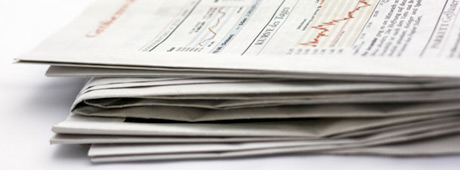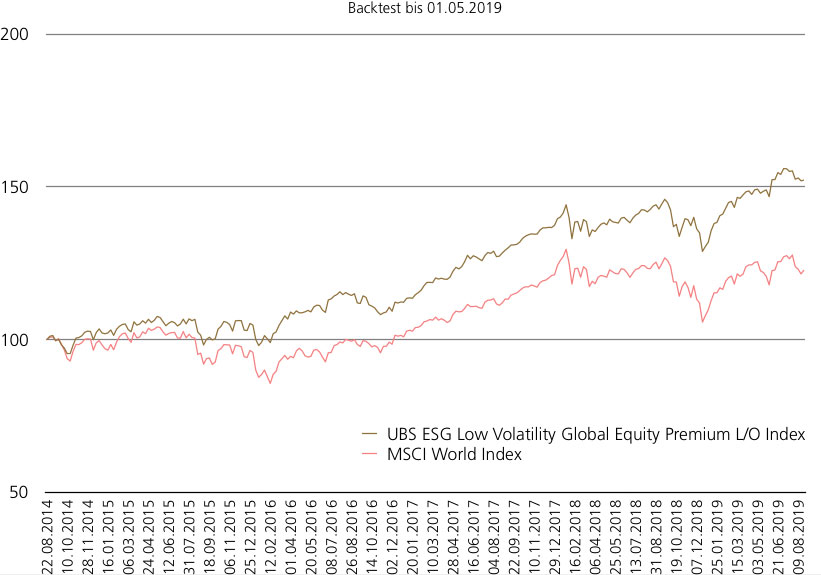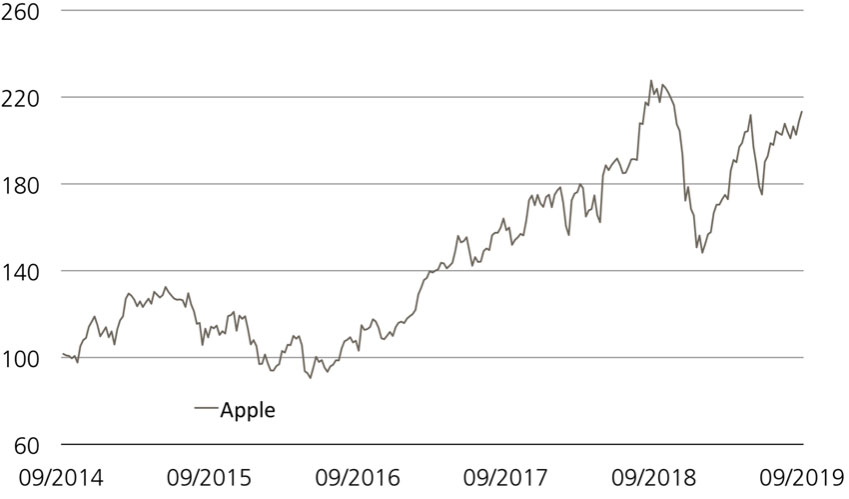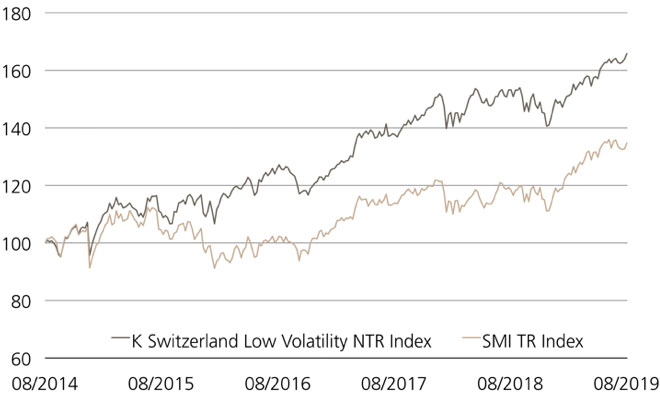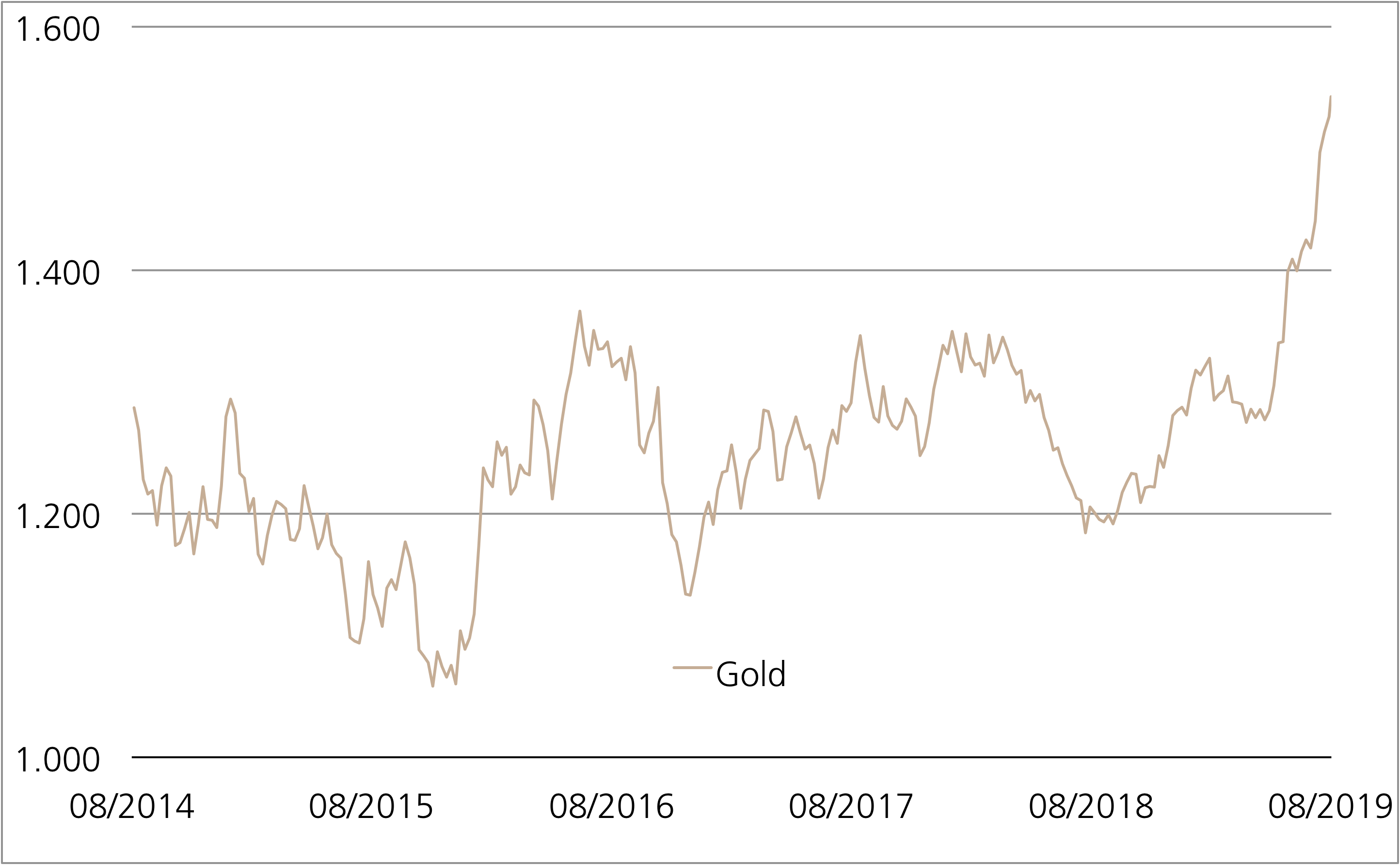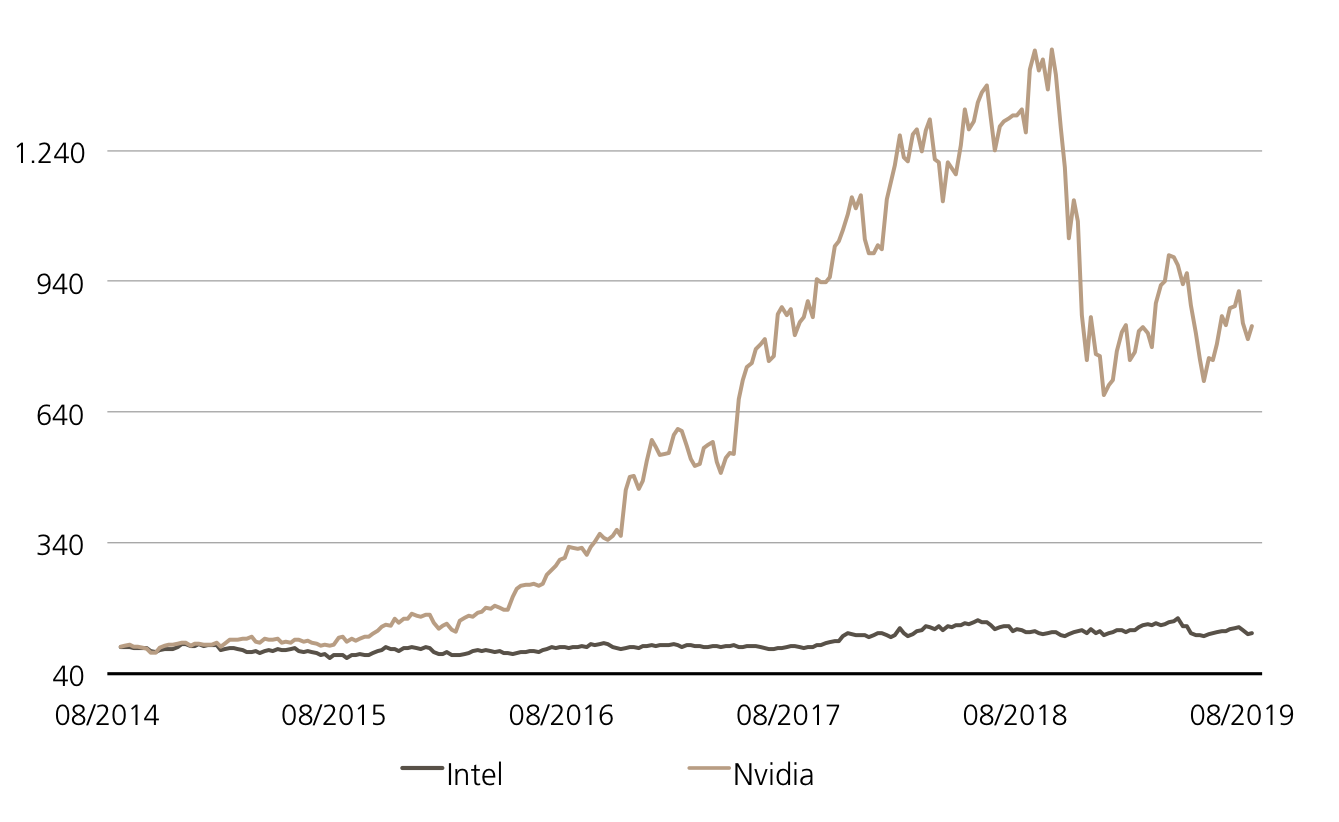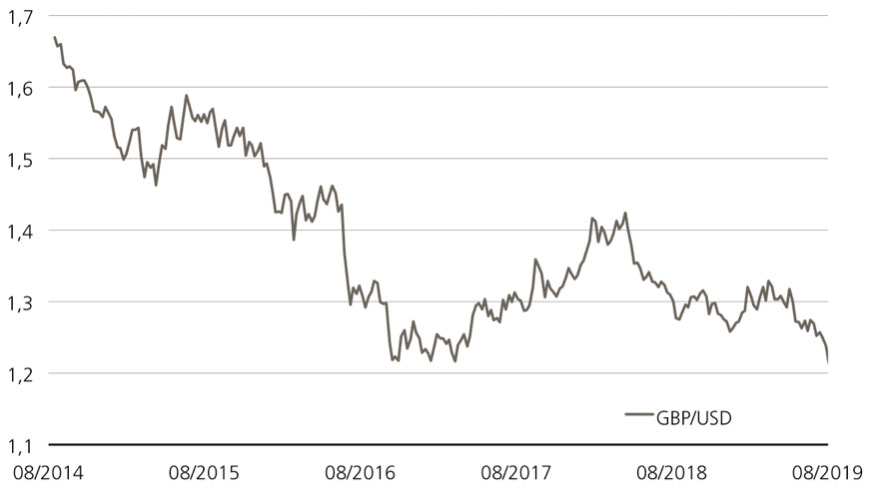Das Fass läuft über
7. Oktober 2019 – UBS Wochenkommentar Rück-/Ausblick
Das Fass läuft über
Ist die Hemmschwelle erst einmal gefallen, kann es schnell gehen. Im Handelsstreit zwischen den USA auf der einen Seite sowie Europa und China auf der anderen sinkt diese immer bedrohlicher ab. Mit dem jüngsten Entscheid der Welthandelsorganisation WTO könnte nun die nächste Stufe erreicht werden. Laut dem Streitschlichtungs-Gremium darf die USA in der Auseinandersetzung über Subventionen für Airbus EU-Importe im Wert von 7.5 Milliarden Dollar Zölle erheben. Washington kündigte an, die Einfuhr von Flugzeugen aus der EU um ein Zehntel zu verteuern, verschiedene Agrar- und Industriegüter sollen künftig mit einem Zoll von 25 Prozent belegt werden. Sollte die WTO die geplanten Abgaben am 14. Oktober nun endgültig durchwinken, werden diese am 18. Oktober in Kraft treten. (Quelle: Thomson Reuters, Medienbericht, 02.10.2019)
Erschütterung des Welthandels
Auf diese Weise tropft weiteres Öl ins Feuer, haben sich doch die konjunkturellen Aussichten bereits ohne den neuen Bedrohungszustand zuletzt weiter verschlechtert. So hat die Stimmung in der US-Industrie ihre Talfahrt fortgesetzt und ist auf den tiefsten Stand seit 2009 gefallen. Der Einkaufsmanagerindex ISM reduzierte sich im September auf 47.8 nach 49.1 Punkten im Vormonat. Experten hatten dagegen mit einer Verbesserung auf die Wachstumsschwelle von 50.0 Zählern gerechnet. (Quelle: Thomson Reuters, Medienbericht, 01.10.2019) An den Erwartungen vorbei schrammte auch der US-Arbeitsmarkt im September. Den neuesten Zahlen der Regierung zufolge entstanden im abgelaufenen Monat 136’000 neue Jobs, von Reuters befragte Ökonomen prognostiziert ein Plus von 145’000. (Quelle: Thomson Reuters, Medienbericht, 04.10.2019)
Während sich also immer mehr dunkle Wolken am Konjunkturhimmel zusammenbrauen, schnitten die Börsen im dritten Quartal überraschenderweise mehrheitlich positiv ab. Vor allem der Euro STOXX 50 hängte mit einem Plus von 2.8 Prozent seine internationalen Pendants ab. Die rote Laterne trägt dagegen der britische FTSE 100 Index mit einem Minus von 0.2 Prozent.* (siehe Grafik) Das wundert auch nicht, spitzt sich die Lage in Grossbritannien immer mehr zu. Nur noch wenige Wochen bleiben Boris Johnson, um einen harten Brexit zu vermeiden. Die jüngsten Verbesserungsvorschläge des Premierministers kamen selbst nach einer Reihe von Telefongesprächen am Wochenende mit EU-Regierungschefs nicht gut an. Nach einem BBC-Bericht vom 4. Oktober hat der Premierminister aber zugesagt, eine Brexit-Verlängerung bei der EU zu beantragen, sollten beide Seiten bis zum 19. Oktober kein Scheidungsabkommen erreichen. In der EU kommen die Staats- und Regierungschefs am 17. und 18. Oktober zu ihrem entscheidenden Gipfeltreffen in Brüssel zusammen. Allerdings verlangt die Kommission bereits bis zu diesem Freitag einen «neuen Rechtstext». (Quelle: Tagesspiegel, Medienbericht, 06.10.2019)
Märkte im Krisenmodus
Die Themen Brexit sowie die globalen Handelsstreitigkeiten werden also in den kommenden Tagen weiterhin das Geschehen an den Börsen bestimmen. Die zunehmenden Unsicherheiten sorgten bereits für einen überaus holprigen Start in das vierte Quartal. Rund um den Erdball tauchten die Kurse kräftig ab. Beispielsweise verlor der SMI 2.5 Prozent und fiel wieder in den vierstelligen Punktebereich zurück, der Euro STOXX 50 gab sogar noch knapp einen Prozentpunkt mehr nach.*
Ob die Rückwärtsfahrt in der neuen Woche gestoppt werden kann, dürfte unter anderem auch an neuen Wirtschaftdaten sowie der US-Notenbank liegen. Im Fokus steht hierbei das US-Verbrauchervertrauen, welches die Universität Michigan am Freitag bekanntgibt. Zwei Tage zuvor werden die Protokolle der jüngsten Notenbanksitzung des Fed veröffentlicht. Diese könnten Anhaltspunkte liefern, ob es nach zwei Zinssenkungen im laufenden Jahr möglicherweise noch zu einem dritten Schritt kommen wird. Die Währungshüter scheinen diesbezüglich nicht abgeneigt sein. «Ich bin extrem aufgeschlossen, eine Anpassung vorzunehmen, wenn es die richtige Politik ist», sagte der Präsident der regionalen Chicago Federal Reserve Bank Charles Evans. (Quelle: Thomson Reuters, Medienbericht, 04.10.2019)
Performance ausgewählter Indizes 3. Quartal 2019*

Quelle: Thomson Reuters, Stand: 30.09.2019
*Bitte beachten Sie, dass vergangene Wertentwicklungen keine Indikationen für künftige Wertentwicklungen sind.
Wichtige Termine
| Datum | Zeit | Land | Ereignis |
| 08.10.2019 | 07:45 | CH | Arbeitslosenquote |
| 08.10.2019 | 08:00 | DE | Industrieproduktion |
| 09.10.2019 | 09:00 | EZ | Nicht-Geldpolitische Ratssitzung der EZB |
| 09.10.2019 | 20:30 | US | Fed-Protokoll |
| 10.10.2019 | – | CH | Givaudan Quartalszahlen |
| 10.10.2019 | 14:30 | US | Verbraucherpreisindex |
| 11.10.2019 | 14:30 | US | Erstanträge auf Arbeitslosenhilfe |
| 11.10.2019 | 16:00 | US | Reuters/Uni Michigan Verbrauchervertrauen |
Quelle: Thomson Reuters, Stand: 04.10.2019
Weitere Blogeinträge:
Paukenschlag vor dem Wochenende
Follow us on LinkedIn 05. Februar 2024 Paukenschlag vor dem Wochenende Auf den ersten Blick scheint die Entwicklung an den Aktienmärkten während der vergangenen Woche schwer nachvollziehbar. Obwohl Fed-Präsident [...]
Das volle Programm
Follow us on LinkedIn 29. Januar 2024 Das volle Programm Die Wall Street bleibt auch im Börsenjahr 2024 das Mass aller Dinge. Kurz vor dem Monatsende notierte der S&P [...]
Zinssignale aus Graubünden
Follow us on LinkedIn 22. Januar 2024 Zinssignale aus Graubünden Das Weltwirtschaftsforum (World Economic Forum, kurz WEF) brachte in der vergangenen Woche rund 2'800 Teilnehmer aus Politik, Wirtschaft, Finanzwelt [...]
